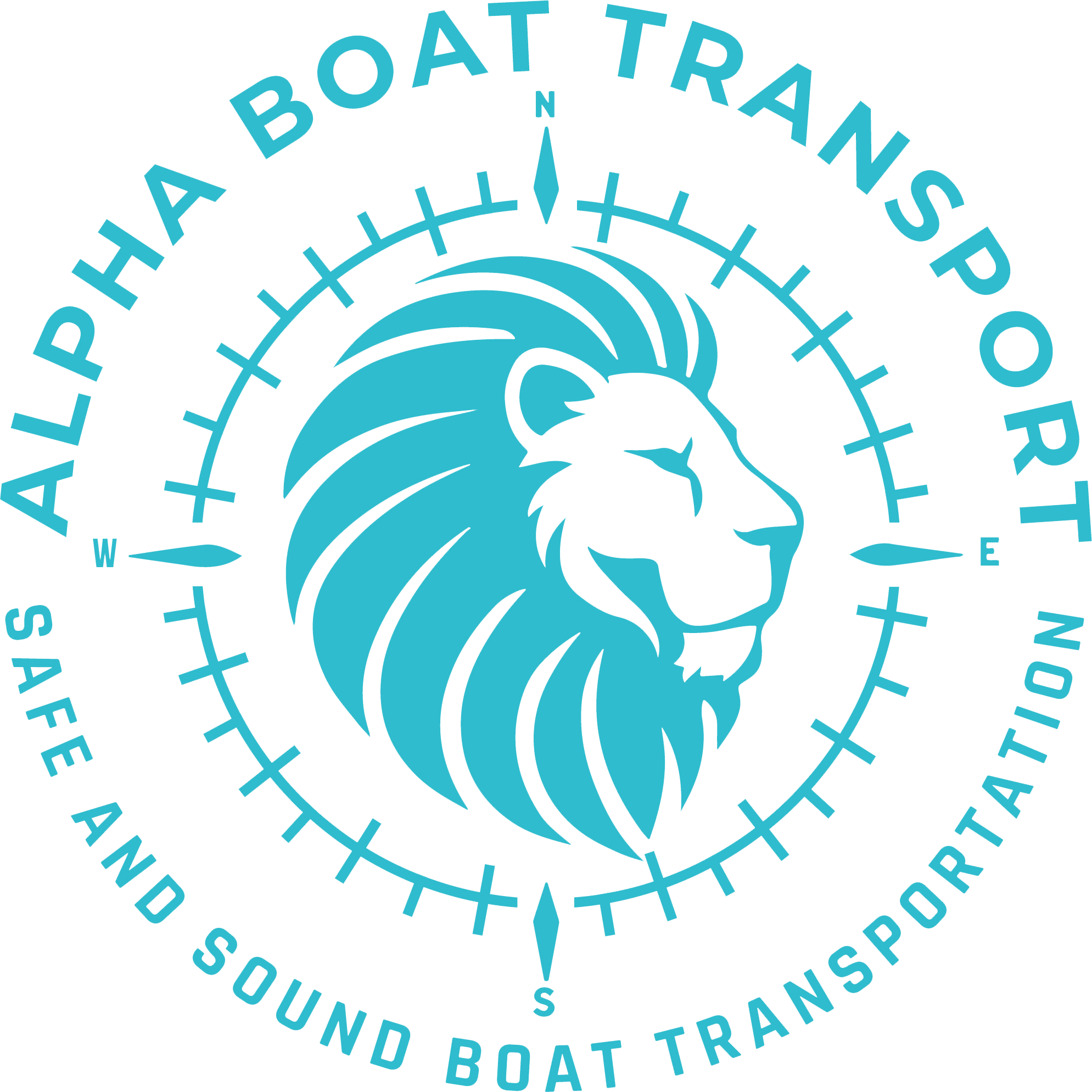New Boat Transport Rules Hit Hard: What 2025 Changes Mean for Sailboat Owners
Why Oversized Regulations Just Got Real for Boat Owners
Listen, here’s what’s really going down in 2025. Picture this — you’re hauling your 40-foot sailboat across I-95, imagining a smooth run from New Jersey to Florida, when wham, you’re forced to pull over by state transport enforcement because your rig’s wider than 8.5 feet and your paperwork’s not in order. That ain’t a hypothetical. It’s exactly what we’re seeing more and more. According to the American Association of State Highway and Transportation Officials, permit costs for boats over 12 feet wide now average $500 per state. Think about that — $500. Per. State.
Why? As explained over at YachtWorld’s in-depth guide on boat transport, the crackdown is because too many roads, bridges, and infrastructures weren’t built with 15-foot-wide yachts on trailers in mind. Combine that with safety fears and aging roads, and boom, it’s a regulatory minefield now.
Bottom line is, if you’re planning a long-distance sailboats boat transport, this ain’t business as usual anymore. It’s now a matter of serious route planning, strict permit compliance, and having the right partner that knows the game inside and out.
The Hidden Costs Behind the New Boat Transport Era
Let me tell you something — what catches most folks off guard isn’t the size limit. It’s everything else that comes with it. Florida now needs a full route survey if your boat is over 14 feet 6 inches wide. That’s not just a form to file. That’s days of planning and potentially hundreds of dollars out of pocket.
And states like New York or New Jersey? Forget about it. Try squeezing through their 8-foot width limit without paying for an escort vehicle. Not only will you need one, you might need two — front and back — depending on the county. That’s where local know-how comes into play.
If you’re moving a boat like a 36-foot Beneteau or a catamaran, this isn’t DIY territory. It’s a scaled logistical operation and yeah, I’m biased… but companies like Alpha Boat Transport have done this dance so many times they know the local rules better than the local DOT.
What’s Getting Hit Hardest?
– Sailboats and catamarans over 8.5 feet wide
– Houseboats and liveaboards with deep keels or twin hulls
– Tall powerboats with fixed towers or radars
Translation? If your vessel looks more at home offshore than in a marina, you’re the bullseye for these new rules.
How to Plan Around Height, Width, Weight, and State Limits
Here’s where it gets technical — but this is where things either go very right or very wrong. Most owners don’t realize that bridges, axles, and trailer bed height all work together like a puzzle. Mess up the configuration, and you’re either stuck with a fine or worse, a damaged boat.
Route planning ain’t just about Google Maps. You got vertical clearance issues — especially on overpasses built before the Reagan era — and axle weight limits that can send your boat onto a detour 150 miles out the way. For heavily loaded trailers carrying a Catalina 445 or a Lagoon 42, this means tighter compliance checks and you’d better have DOT-compliant flagging, signage, and lighting.
Long-distance boat hauling without proper pre-load surveys is like running a charter without knowing the weather — it’s asking for trouble.
Why Your Insurance Might Not Help You
(And this one stings…)
Here’s the kicker: If your transport isn’t compliant — wrong permit, wrong route, or inadequate rigging — most insurance companies will void your claim if there’s an incident on the road. Even minor cosmetic damage during loading can be excluded.
I get it — you insured your boat. But unless your policy includes transport-specific coverage — or better yet, your transport company’s got their own air-tight cargo and liability coverage — you’re sailing blind.
That’s why reputable outfits use checklists like the ones over at Alpha Boat Transport’s Sailboat Transport Checklist. No guesswork. Just solid prep.
The Rise of Transport Checkpoints and Escort Vehicles
You hauling through Tennessee or Georgia? Expect random DOT checkpoints. These states enforce transport flagging like they’re running boot camp. And if you’re wide, over-height, or overweight, and you roll up without proper signage or escort, you’re looking at ticket city.
Even more, several states — like Maryland and Pennsylvania — now require night restrictions and storm route bypasses. I know captains who had to sleep in their cab because the permit hours ended mid-haul. That’s not just inconvenient. That’s lost time and money.
Companies like Alpha’s Texas boat transport team keep real-time track of weather and checkpoint logs. It’s not futuristic — it’s just smart.
Quick Checklist for Escort Triggers
– Width over 12 feet in PA, NJ, MA
– Height over 13.5 feet in GA, SC
– Daylight-only enforcement zones in FL, AL, VA
– Weekend and holiday transport bans in 20+ states
Plan poorly, and you’ll be sitting at a state line waiting till 6 AM Monday…
Modern Trailer Tech Helps… But Only If You Use It
These new rules ain’t all doom and gloom — if you’ve got the right rig. Hydraulic trailers that can adjust tilt, height, and weight distribution are saving boat hulls every day. But not every outfit runs this tech.
Boutique shops often tout “white glove service” — but ask if they’ve got multi-axle hydraulic dollies and marine-specific trailers. Companies like Alpha Boat Transport specialize in this. Their team’ll adjust load-in approach based on hull profile, V-type or flat — no cookie cutter nonsense.
Trust me, I’ve seen a Jeanneau 440 bottom-out on a steep driveway ’cause the wrong crew used a fixed-bed trailer. Cost ‘em thousands.
Want to Save Big? Plan Your Transport Off-Season
Yup. Spring and fall are peak chaos. Summer’s tough too. But winter? It’s a wildcard. Less traffic, fewer permits requested, and often discounted rates — if you plan ahead.
But be warned — frozen routes in North or Midwest states can lead to reroutes, even in December. Transporting through Washington? Keep an eye on snowfall. You haul a 37-foot Hunter in that weather unprepared, and you’re just asking for a headache.
Companies built for four-season travel — with chains, de-icing prep, and all — are worth their weight in diesel.
Frequently Asked Questions
What permits are required for sailboats boat transport in 2025?
Most states require oversize load permits for boats exceeding 8.5 feet in width or certain height thresholds. Costs vary, but averages now hover around $500 per state. Accurate measurements and documentation are crucial.
Do I need an escort vehicle for a 12-foot-wide sailboat?
Yes, in many states any boat over 12 feet wide mandates escort vehicles, especially in New York, New Jersey, and Massachusetts. Local laws determine how many you need and when.
Can I transport my boat across state lines without a professional service?
Technically yes… but honestly? Not smart. With the new rules, most DIY haulers get flagged due to permits, height issues, or insurance coverage limits. Companies like Alpha Boat Transport specialize in avoiding these pitfalls.
How do I prepare my catamaran for transport?
You’ll need to remove rigging, secure the hulls safely, and verify beam (width) measurements. Consult a dedicated catamaran prep checklist for exact steps. Proper bracing and support block placement is key.
Is it more expensive to transport a boat in peak season?
Absolutely. Demand surges in spring and fall. Booking during winter or late summer often results in lower quotes. Flexible timing helps avoid unnecessary escort and overnight costs too.
Will regular boat insurance cover transport damages on the road?
Nope. Not always. Make sure your contract includes “in-transit” cargo insurance. If you’re going with a professional like Alpha Boat Transport, confirm their policy covers the full declared value.
Can Alpha Boat Transport handle sailboats from New York to Florida?
They sure can. Their New Jersey to Florida route service is one of their most experienced runs, with teams trained specifically for Eastern Seaboard regulations.

